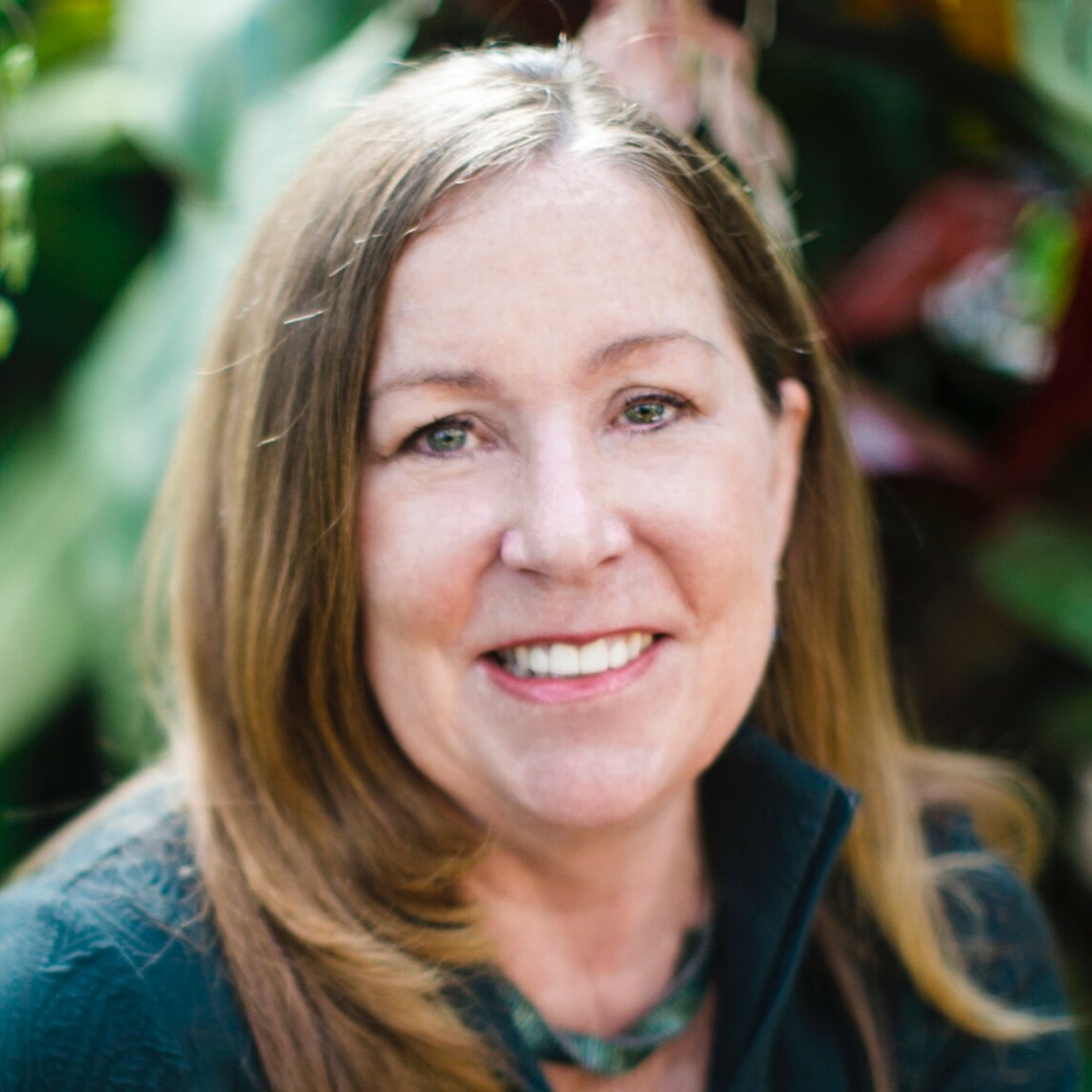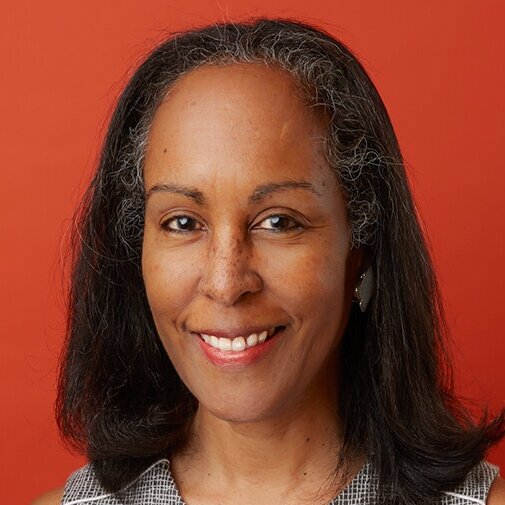Dear Friends of the National Institute —
By their very nature, cultural institutions like art museums and botanical gardens conserve and memorialize the past. But the current goal of increasing diversity in American society struggles against history and cultural inertia to remedy perceived injustices, posing particular challenges to cultural institutions on how to respond.
Please join us for a fascinating and informative virtual discussion forum featuring four outstanding panelists who bring diverse perspectives on how cultural institutions are addressing the challenge of increasing diversity in their staffing, collections, and public outreach.
We expect this to be a lively and enlightening discussion of a timely and important topic in American society, and we invite you to join us as we search for answers.
Thursday, March 25, 2021
4:00 to 5:30 pm ET (US and Canada)
This forum is sponsored by the National Institute of Social Sciences and is free and open to the general public. In order to attend, you must click the link above to register in advance for the event. The event will be recorded for those who cannot attend it live.
We look forward to seeing you there!
Fred Larsen
President, Board of Trustees
Panelists:
J. Tomilson Hill is a Managing Director of Two Sigma Investments. Prior to January 2019, Mr. Hill was the President and CEO of Blackstone Alternative Asset Management and Vice Chairman of Blackstone Group where he served as a member of the Board of Directors.
Mr. Hill is a graduate of Harvard College and the Harvard Business School. He is Chairman Emeritus of the Hirshhorn Museum and Sculpture Garden in Washington, D.C., and currently serves on the Investment Committee of the Smithsonian Institution. He serves on the Executive Committee and the Board of Trustees of The Metropolitan Museum of Art and the Guggenheim Museum. He also serves on the Board of the Telluride Foundation, the Advantage Testing Foundation, the Friends of the High Line, and Our Lady Queen of Angels School, a parochial school (K-8th grade) in Spanish Harlem.
In 2015 Mr. Hill created the Hill Art Foundation in Chelsea (NYC) to provide artists a venue to create exhibitions where they are encouraged to experiment and take risks in showing their work in new ways. Christopher Wool, Charles Ray and Minjung Kim have chosen to create exhibitions in this Peter Marino-designed space in the Getty Building at 24th and Tenth Avenue, which is open to the public. Since inception the HAF established a Teen Curators program for 11th and 12th graders, whose public high schools have suffered cutbacks in their arts education programs.
Kate Markert has been Executive Director of Hillwood Estate, Museum & Gardens since 2010. Through an inclusive strategic planning process, the institution has developed an exciting special exhibition program, stimulating and relevant public programs and revitalized gardens, which have spurred a 50 percent increase in attendance over 5 years and tripling of the membership. She has led the process of moving the museum from a private operating foundation to a public charity and through ambitious fundraising, has developed the campus to provide both more public areas and better spaces for the library and collections storage.
She has been Director of the Wadsworth Atheneum in Hartford Connecticut, Associate Director of the Walters Art Museum and Deputy Director and Acting Director of the Cleveland Museum of Art. Kate is co-author of The Manual of Strategic Planning for Museums, first published in 2007, as well as the revised and expanded edition, The Manual of Strategic Planning for Cultural Institutions, published in April 2017. Kate holds a Master of Arts in Art History and a Master of Business Administration. Kate is on the Visiting Committee of Longwood Gardens and is a member of the Association of Art Museum Directors and the Directors of Large Gardens. In 2020, her new book, A Garden for All Seasons: Marjorie Merriweather Post’s Hillwood, was published.
Mary Pat Matheson has directed all operations for the 30-acre Atlanta Botanical Garden since 2002. Under her leadership, the nonprofit organization has actively expanded fund-raising, education, marketing, business administration, horticulture and conservation efforts with a rapidly growing membership base of more than 40,000. She is also responsible for the development of the Atlanta Botanical Garden, Gainesville, a 185-acre public garden in Gainesville, Georgia. She was the driving force behind a $55 million capital campaign completed in 2012 that enabled the Garden to expand, doubling its size to 30 acres with a new Visitor Center, SAGE Parking Facility, Canopy Walk and Edible Garden. Recently she concluded a $50 million capital campaign, launched in 2014, that has supported the development of new gardens, expanded facilities, a new restaurant and a renovated children’s garden.
Matheson was named one of 14 Women of Excellence by Business to Business magazine, 2005 Professional of the Year by the American Horticultural Society and the Lexus Leader of the Arts by Public Broadcasting Atlanta. The meteoric growth in Garden attendance over 16 years has enabled it to reach larger and broader audiences for its mission in educating the public about its plant and animal conservation efforts. Matheson is a past president of the American Public Gardens Association and has served on the board of directors for the Midtown Alliance, the Atlanta Convention and Visitors Bureau Cultural Tourism Committee, and the International Woman’s Forum. Before joining the Garden, Matheson was Executive Director of the Red Butte Garden and Arboretum in Salt Lake City. Originally a horticulturist, she earned a B.S. in Resource Management & Park Planning and an Executive Masters degree in Public Administration from the University of Utah.
Margaret Morton leads the Creativity and Free Expression team at the Ford Foundation which works to advance the intersection of social justice with the arts, documentary filmmaking, media and journalism. Margaret initially joined the team as Program Officer supporting grant making in the arts and other forms of cultural expression. Margaret’s formal support for the arts began in public service at the New York City Department of Cultural Affairs, the largest independent public funder of arts and culture in the nation. During her tenure as General Counsel and later, Deputy Commissioner, Margaret devised new frameworks for grant programs, she designed development resources to support arts administrators, and she implemented a new model for addressing the affordability of space for artists. In addition, she guided large-scale capital funding initiatives for cultural institutions.
Earlier in her career, Margaret served as counsel to the U.S. Senate Committee on the Judiciary, where she worked on civil rights legislation, judicial nomination and immigration reform issues. Later, Margaret managed education, labor relations, and the equal employment opportunity portfolio for the New York State court system. Margaret earned her juris doctorate from Georgetown University Law Center and her bachelor's degree, in dance and American history, from Barnard College.





